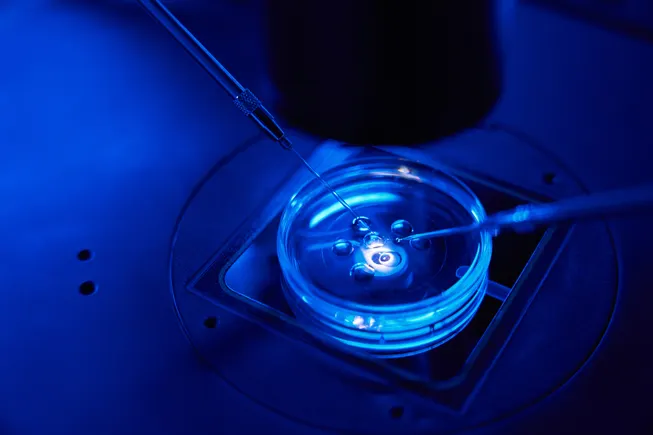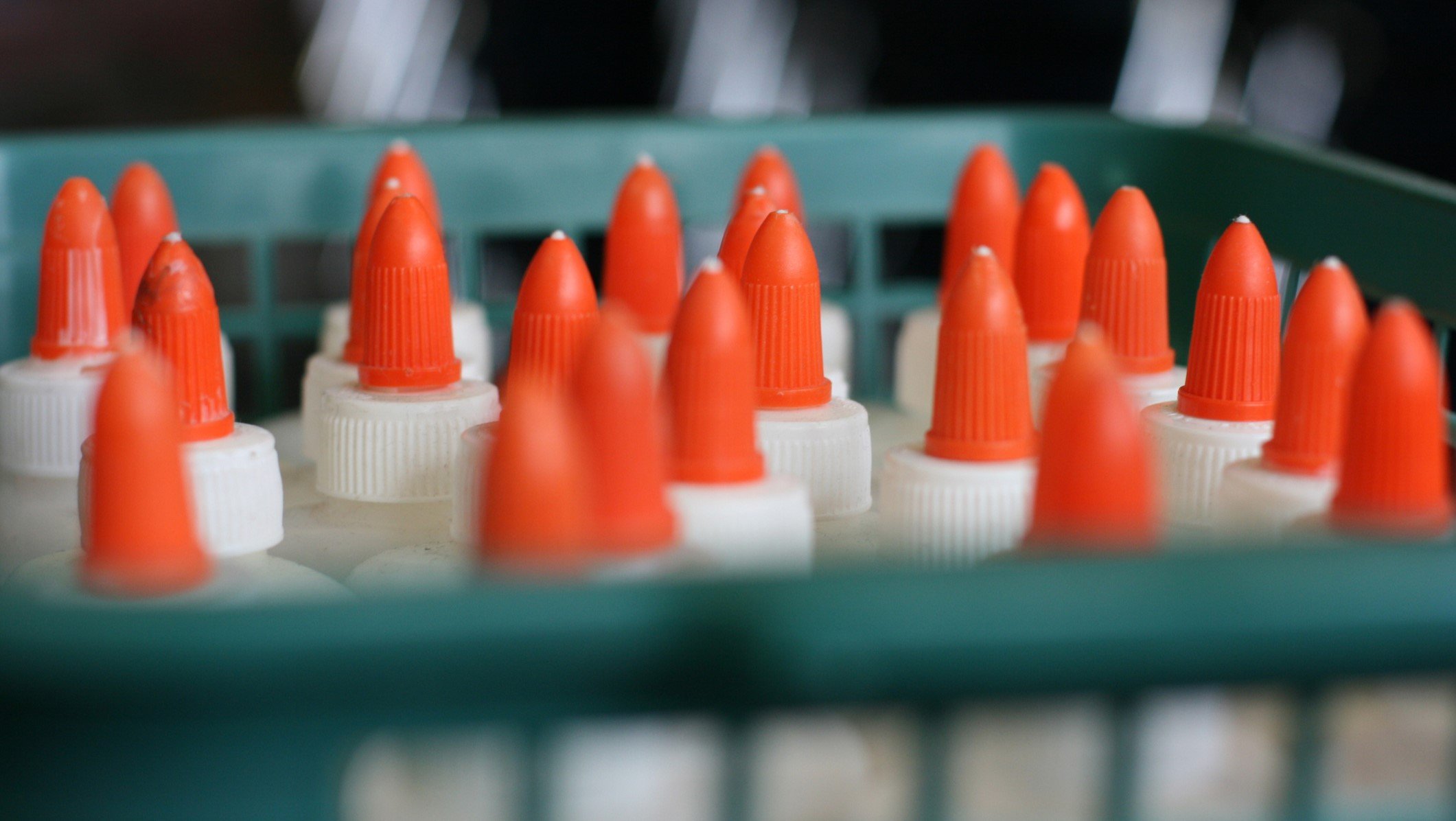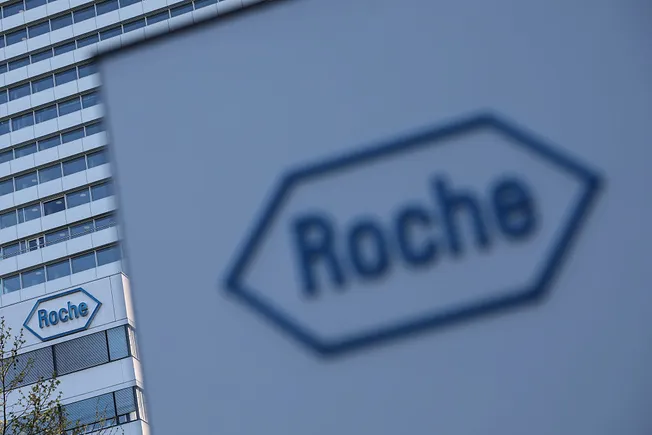Albumin Corona Overturns Long‐Acting Behaviors of Myristic Acid‐Conjugated Quetiapine Nanosuspension
Advanced Healthcare Materials, EarlyView.

Albumin corona alters surface properties and enhances colloidal stability by overturning pH responsiveness and nano-aggregation behaviors of long-acting myristic acid-conjugated quetiapine nanosuspensions (QMN), resulting in accelerated in vitro and in vivo drug release.
Abstract
This work aimed to investigate the interaction of a self-assembled myristic acid-conjugated quetiapine nanosuspension (QMN) with human serum albumin and its overturning effect on QMN's long-acting performance. Albumin corona formation modified the physicochemical properties and pharmacokinetic profile of QMN by overturning its pH-responsiveness and nano-aggregation behavior. The adsorption of albumin on QMN is initially triggered by electrostatic forces and later by hydrophobic-hydrophobic interactions with the conformational change of the albumin structure. While QMN is highly susceptible to ionic strength, pH, and albumin concentration in solution, albumin-precoated QMN (A-QMN) stabilized particle size and reversed the surface charge from ≈+60 to −16 mV, annulling the pH-responsive nanoaggregation behaviors under physiological pH conditions. Consequently, A-QMNs exhibited much faster in vitro release and more rapid in vivo absorption, resulting in a huge initial burst release and shorter duration within one week in plasma concentration-time profiles compared to the extended five-week duration of QMN following intramuscular injection in beagle dogs. These findings indicated the important role of serum proteins in the release kinetics and pharmacokinetics of the nanoparticles. The manipulation of protein corona can be utilized to control the physicochemical properties, biological states, and pharmacokinetics of intended long-acting nanosuspensions.














































































































































